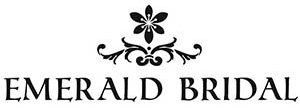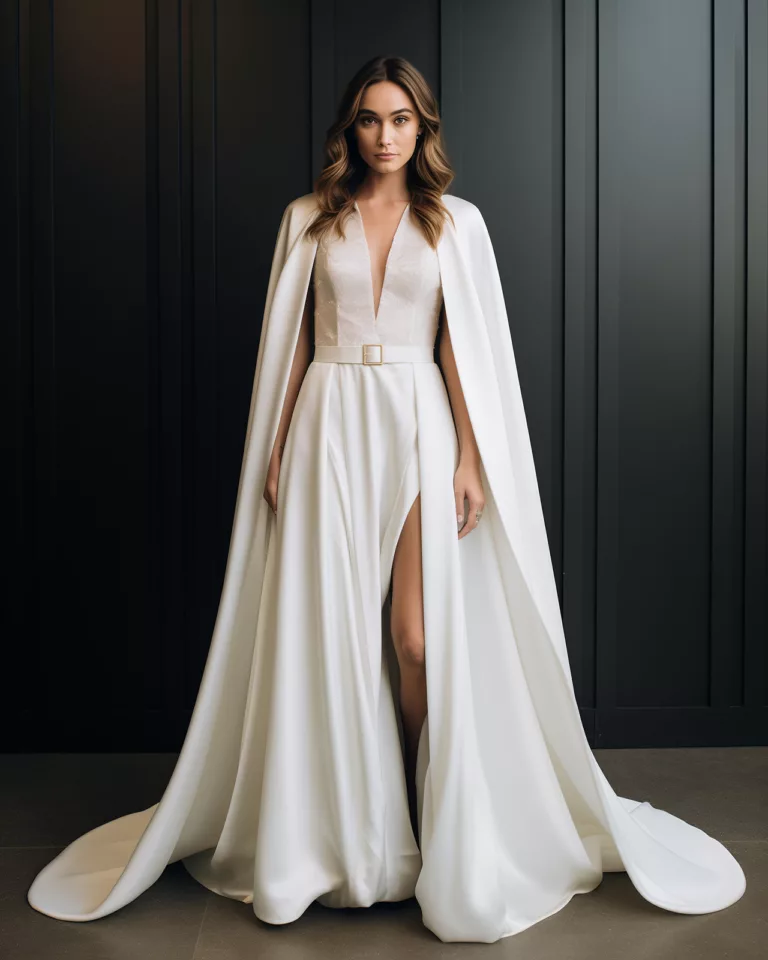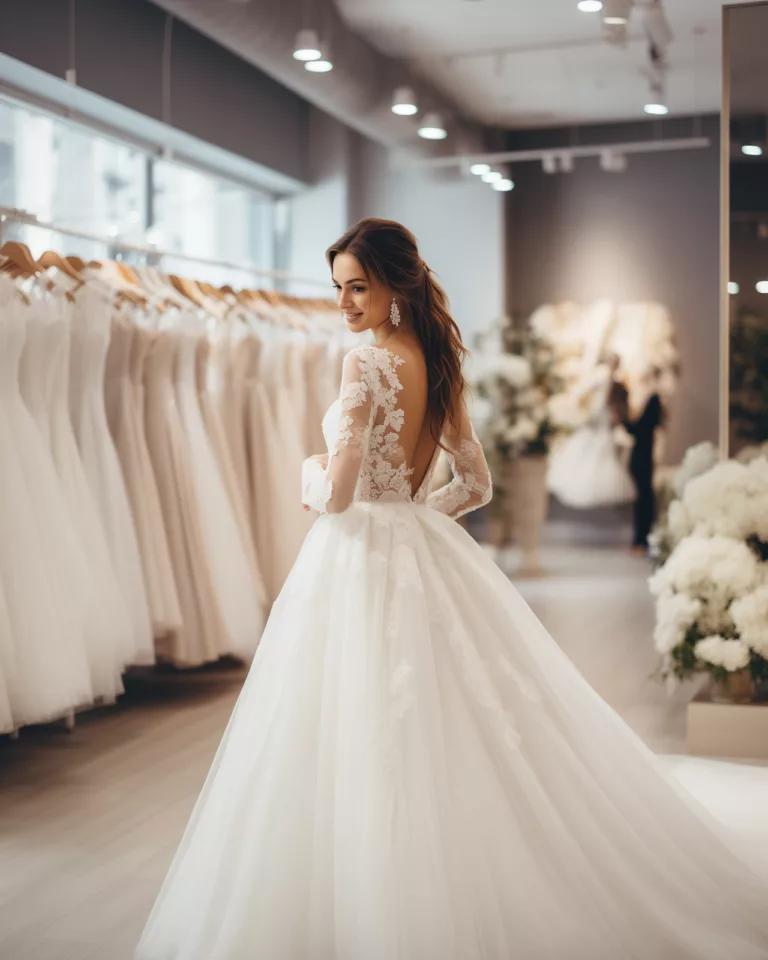How Much Should A Wedding Dress Cost?
Key takeaway: Off-the-rack wedding dresses in Australia cost usually between $1,350 to $3,000 depending on the label. Made-to-measure (custom) wedding dresses start from $4,500 and the sky is the limit. Therefore, the cost of a wedding dress should align with your personal budget and priorities.

Understanding The Wedding Dress Market
In my experience running Emerald Bridal, I’ve seen wedding dress prices vary greatly, influenced by factors like designer reputation, fabric quality, and design complexity.
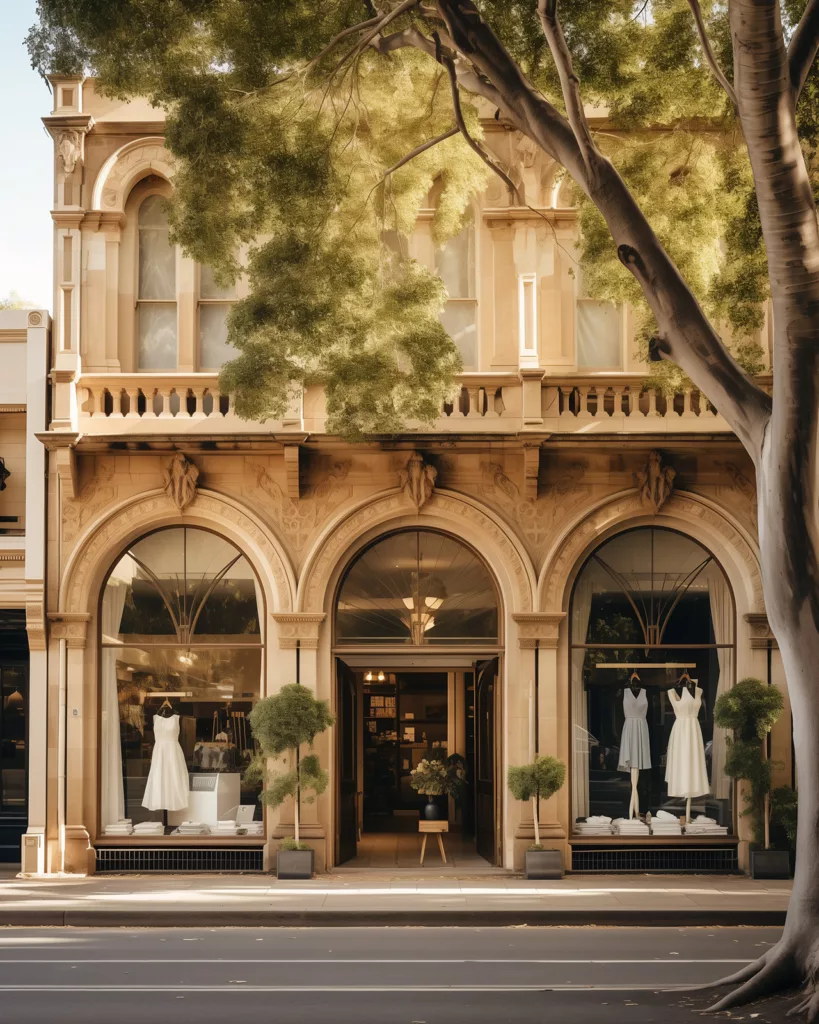
Here are some tips to getting started:
- Start with online research: Begin by exploring various bridal websites, online wedding forums, and social media platforms where brides share their experiences. Look for pricing information on different styles and designers.
- Visit local bridal shops: Physically visiting bridal shops can give you a better sense of what’s available in your price range. Ask for price ranges of different styles and designers. This firsthand experience can also help you understand the quality and feel of different fabrics and designs.
- Identify must-have features: Make a list of features that are important to you in a wedding dress. This might include the type of fabric, the style of the dress (e.g., A-line, ball gown, mermaid), the level of detailing (lace, beading, embroidery), and the designer or brand. Consider what features are non-negotiable and which ones you’re willing to compromise on.
- Prioritise your list: Once you have your list, prioritise it. This helps in understanding what aspects you are willing to spend more on and where you can cut back. For example, if the fabric quality is at the top of your list, you might choose a simpler design to stay within budget.
Recommended reading: Timeless wedding dress trends
Factors Affecting The Price Of A Wedding Dress
- Designer and brand influence: High-end designers and well-known brands typically command higher prices due to their reputation and exclusivity.
- Material and fabric quality: Luxurious fabrics like silk or lace, especially when imported or handmade, can substantially increase a dress’s cost.
- Complexity of design and detailing: Intricate designs, hand-sewn details, and custom embellishments add to the labor and material costs.
- Customisation and alterations: Personalised adjustments to achieve the perfect fit and style can also inflate the price.
Recommended reading: What’s the difference between off-the-rack and couture?
Balancing budget and style is key. It’s about finding a wedding dress that makes you feel beautiful without overextending financially.
Tips From My Fitting Specialists
- Elena on trendy vs. timeless designs: Elena often advises brides that while trends are fleeting, classic designs have a lasting elegance and can be more cost-effective.
- Josephine on the importance of fit and comfort: Josephine emphasises that a dress should not only look good but also feel comfortable, regardless of its price.
Navigating Sales and Discounts
Shopping during sales or in the off-season can result in significant savings, but be cautious of deals that may force you to compromise too much on quality and experience.
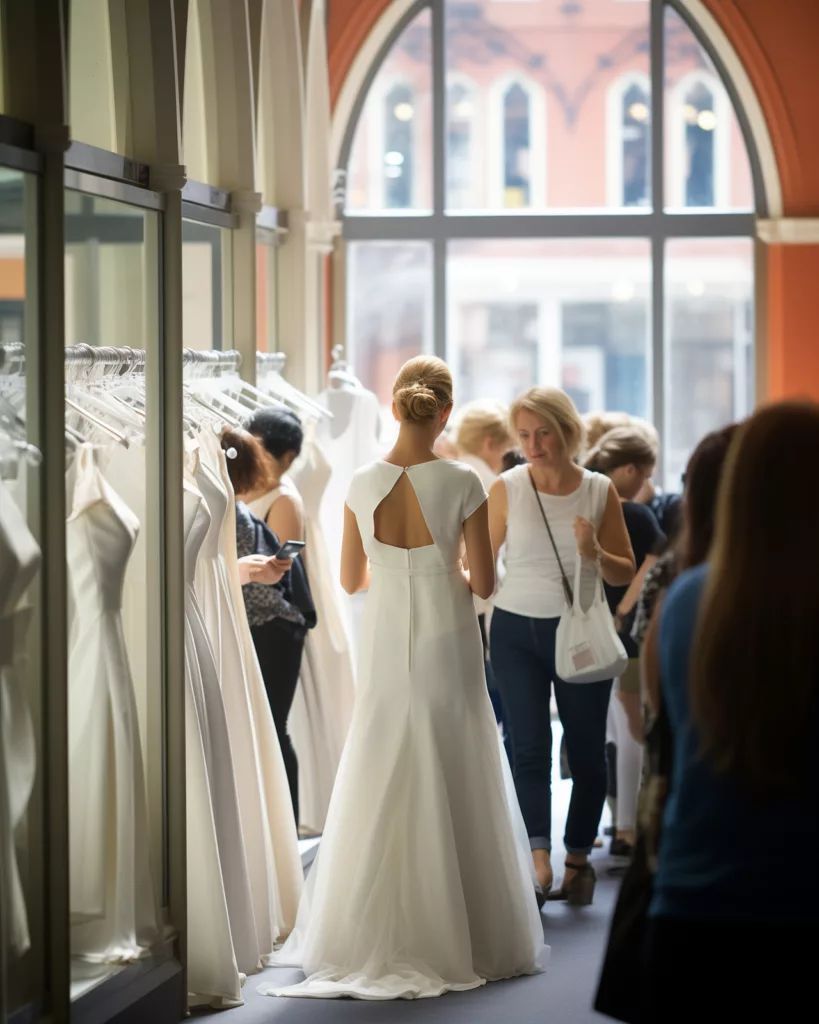
For example, some red flags to watch out for:
- Extremely low prices: If a dress is priced significantly lower than similar styles or designs, it could be a sign of poor quality materials or craftsmanship. While everyone loves a good deal, prices that seem too good (e.g., less than $100) to be true often are.
- Lack of transparency: Be cautious if a bridal vendor is not open about where the dress is made, the materials used, or the details of their return and alteration policies. Transparency is key in ensuring you’re getting what you pay for.
- Pressure to buy immediately: High-pressure sales tactics, such as claiming a deal is only good for that day, can be a red flag. A reputable bridal store will give you time to make your decision.
- Inconsistencies in fabric and construction: Pay attention to the quality of the fabric and the construction of the dress. If the material feels cheap, the seams are uneven, or there are loose threads and beads, these are signs of poor quality. Oftentimes, you get what you pay for.
- Incomplete or rushed fittings: Fittings that feel rushed or incomplete may result in a dress that doesn’t fit properly. Proper fittings are crucial for ensuring your dress looks and feels perfect on your wedding day. This is why Emerald Bridal offers 60-minute fittings.
Final Thoughts and Advice from Us
In conclusion, the cost of a wedding dress varies widely. My advice is to stay true to yourself and your budget. Elena suggests, “Remember, it’s your day, your style.” Josephine adds, “Comfort is key, no matter the price.”
Finding the perfect dress that fits both your body and budget is a journey worth taking, and we at Emerald Bridal are here to guide you every step of the way.
